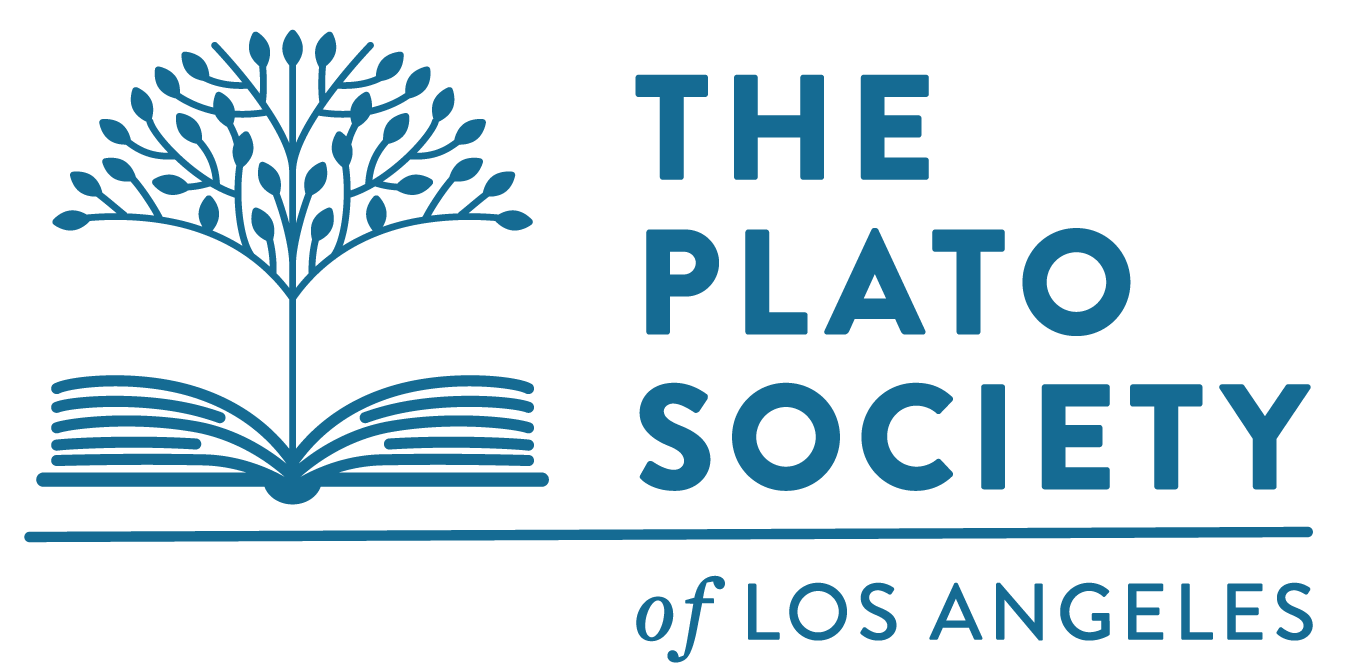The Theatre of the Absurd is a post–World War II designation for particular plays of absurdist fiction written by a number of primarily European playwrights in the late 1950s. It is also a term for the style of theatre the plays represent. The plays focus largely on ideas of existentialism and express what happens when human existence lacks meaning or purpose and communication breaks down. The structure of the plays is typically a round shape, with the finishing point the same as the starting point. Logical construction and argument give way to irrational and illogical speech and to the ultimate conclusion—silence.
In fact, many of them were labelled as “anti-plays.” In an attempt to clarify and define this radical movement, Martin Esslin coined the term “The Theatre of the Absurd” in his 1960 book of the same name. He defined it as such, because all of the plays emphasized the absurdity of the human condition
In this SDG, we will read 10 plays by 10 playwrights and will dissect the deep meaning of each play by trying to interpret their meaning and their significance in understanding the human condition.




